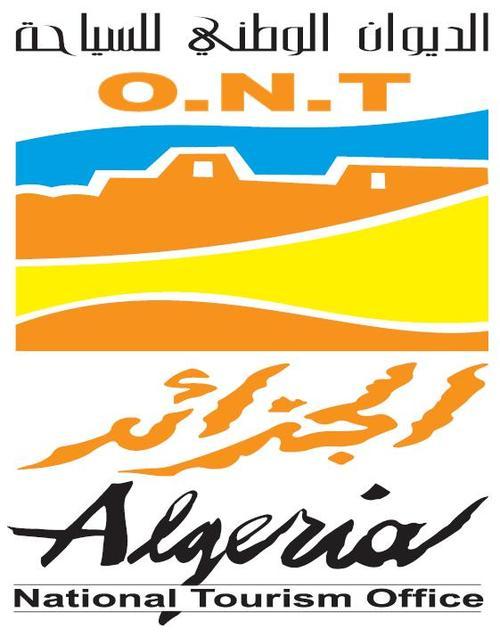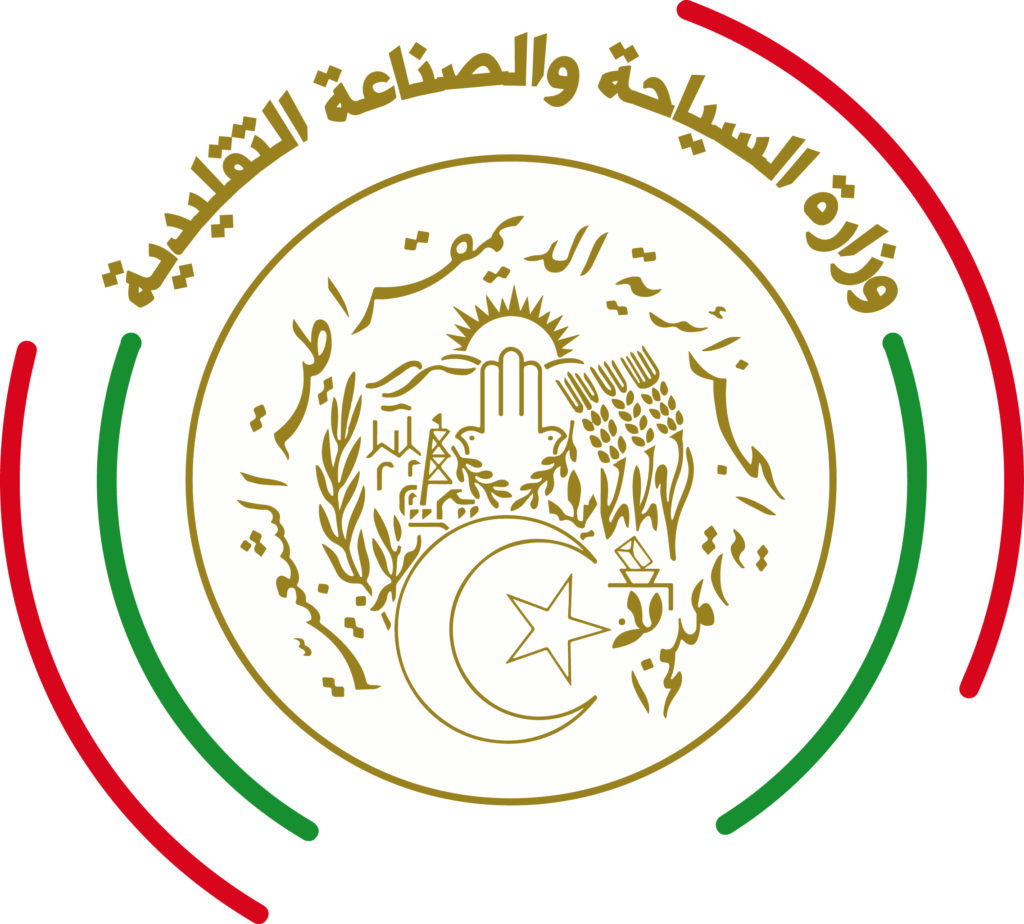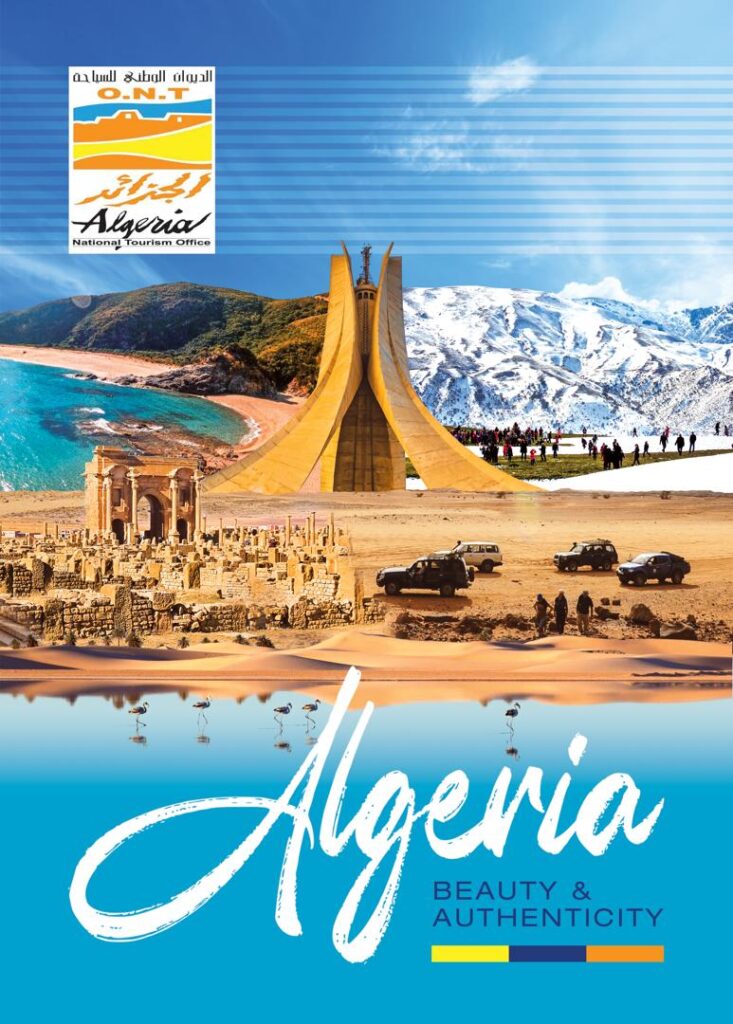The prehistoric hall contains a huge collection of archaeological discoveries, most of which were discovered during excavations conducted in Ain al-Hanash in 1947 and were taken by Algerian researchers while swimming. Forget the discovery of archaeological discoveries during the excavation of the Mazlouk site in 1927.
Ain al-Hanash:
Dating back 1.8 million years (Paleolithic below) collections exposed stones and chipper limestone bone fragments and animals such as horse, elephant, and other mammals.
Location of forklifts:
It dates back around 7000 years (late paleolithic) collections presented with flint tools and flint tools, grinding tools, hand axes and bone tools.
The group of invaders:
Have the remains of the solid parts of some of the invertebrates been dispersed and lived during the geological ages, presented as a gift to the museum in 1992.
Old Hall:
It includes the old monument hall Two archaeological dating back to the period of the Romanian colonies, which are limited in time between the first century and the fifth century, were discovered during several campaigns, the cemetery is the most fossil important (1959-1966) and the district of the fossilized churches, the Byzantine castle district and the temple district (1977-1984). Provided a huge asset in rich collections, including:
Pottery Collection: Funeral furniture represented in utensils such as dishes, oil lamps, cups, tractors, etc.
The Stone Group: Funerary and votive monuments, pilgrimages, massacres … etc.
Collection of glasses: funeral furniture represented in bottles, cups, vases, etc.
Hall of Islamic Art:
See in this hall met archaeological dating from the Fatimid period and Hamadia of the 10th century atheist were discovered during a number of excavations carried out in the district Byzantine Castle site from 1977-1984m and as well as conducted in Bani Hammad Castle in 1968, including: Fatimid pottery with decorations Geometric and vegetative elements and architectural elements such as muqarnasat, marble frames, ceramic tiles, etc.
Hall corners:
This room includes a collection of coins and ornaments whose history dates back to the Mamluk period and the periods of the Islamic caliphate.
Money collection:
Bronze, silver and lead coins for the Nodidian period and other gold, bronze and copper coins from the Roman-Byzantine period.
And finally, we will borrow gold, silver, bronze and jewels for the Islamic period.
Mosaic Room:
Includes mosaics discovered during the excavations carried out in the Romanian city site Sahiawls led by the return of God plate Bacchus, god of wine when the Romans and the bath as well as the painting of the goddess Venus, the goddess of love and the beauty when the Romans as well as some funerary paintings, engineering, installation and written.




